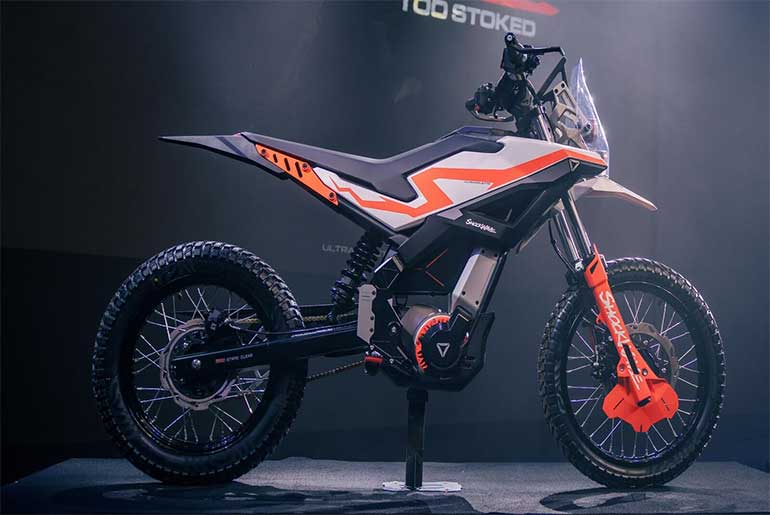With more than 7,000 reservations since its March launch, Ultraviolette’s Shockwave has achieved a noteworthy milestone in the electric motorcycle market. More than just amazing sales numbers, this accomplishment signifies a turning point in the development of electric enduro motorcycles from fringe curiosity to mainstream popularity. At Rs 1.75 lakh, the Shockwave has succeeded in capturing the interest of riders who might have previously written off electric options as being unpowered or unfeasible.
This spike in demand is especially noteworthy because of how quickly it occurred. After launching pre-orders, Ultraviolette received its first 1,000 reservations in a day, which led the business to extend its initial price of Rs 1.50 lakh for a second group of early adopters. The quick reaction points to a rising need for electric motorcycles with genuine performance and adaptability.
Bringing the Excitement: A Startling Electric Performance
Its ability to combine electric efficiency with authentic motorcycle thrill is what makes the Shockwave so appealing. The lightweight 120 kg motorcycle can go from 0 to 60 km/h in only 2.9 seconds because of its 14.5 bhp motor, which also delivers 505 Nm of torque to the rear tyre. With the added advantages of fast torque and quiet operation, its performance is comparable to that of many traditional motorcycles.
The Shockwave positions itself as a dual-purpose device with a 4 kWh battery pack that claims a range of 165 km in test settings and a more realistic 120-130 km in daily use. It has ample range to allay worries about frequent charging and can be used for both everyday commutes and weekend trips.
Taking Advantage of a Changing Market at the Correct Time and Place
The introduction of the Shockwave coincides with a period of fast change in the electric two-wheeler sector. According to projections, a sizable portion of new two-wheeler sales may be electric models in the years to come, particularly when more models start to meet or surpass the performance standards of their gasoline-powered competitors.
The appeal to many young consumers extends beyond environmental advantages. A tech-forward look, lower operating costs, and features usually found in high-end bikes all contribute. With features like switchable dual-channel ABS, six regenerative braking levels, and four traction control modes, the Shockwave meets this need while improving riding safety.
Value and Versatility Come Together to Carve Out a Place in the Adventure Market
The Shockwave is priced by Ultraviolette to directly compete with well-known adventure bikes such as the Hero XPulse series. Despite having a similar price tag, the Shockwave has clear advantages, especially in terms of feature set and torque delivery. Riders have been complimenting the motorcycle’s handling and acceleration, and early user feedback indicates a good performance-to-price ratio.
The company’s overarching plan is also important. The Shockwave provides a more affordable way to get into the Ultraviolette brand, while the high-end F77 series is positioned at the upper end of the market. However, it maintains a strong emphasis on performance, guaranteeing that the company’s perspective is consistent.
Obstacles Still Exist: The Path to Mass Adoption
Despite the positive booking numbers, a number of obstacles still prevent widespread implementation. Infrastructure for charging is still scarce, especially outside of cities. For early adopters, this obstacle is lessened by the Shockwave’s fast-charging capacity, which charges from 20% to 80% in less than 30 minutes using Ultraviolette’s Supernova charger.
The motorcycle’s dual-purpose tires and 200 mm front and 180 mm rear suspension travel make it capable of handling off-road situations. This increases its adaptability and appeals to people who want a motorbike that can be used for both weekend trails and city journeys.
The focus now shifts to whether the production version of the Shockwave can live up to the hype, with deliveries scheduled to start in early 2026.

